Menu
A person’s physical health, mental health, emotional life (feelings, thoughts, beliefs, attitudes) and social life (relationships, attitudes, cultural values and the influences of family, school, peers and community) all affect psychosocial well-being. Adolescents living with HIV are also influenced by their capacity for independence and self-management; understanding and knowing how to limit and cope with stigma; vulnerabilities linked to orphanhood, poverty, illness and abuse; coping with death and bereavement, educational challenges/cognitive impairment; and disclosure to others for emotional and practical support.
According to BeyondBlue, “Half of all lifetime cases of mental health disorders start by age 14 years and three fourths by age 24 years.” With those statistics it is SO important to address Youth early when it comes to PREVENTION of mental health, says Regina Cruickshank, Managing Director of Yogazeit Ltd – a Not for Profit organisation dedicated to support Wellbeing for Youth.
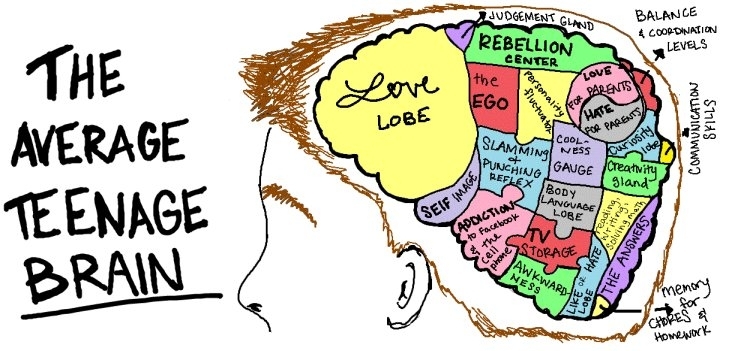
Available reviews of a wide range of yoga practices suggest they can reduce the impact of exaggerated stress responses and may be helpful for both anxiety and depression. In this respect, yoga functions like other self-soothing techniques, such as meditation, relaxation, exercise, or even socialising with friends. By reducing perceived stress and anxiety, yoga appears to modulate stress response systems. This, in turn, decreases physiological arousal — for example, reducing the heart rate, lowering blood pressure, and easing respiration. There is also evidence that yoga practices help increase heart rate variability, an indicator of the body’s ability to respond to stress more flexibly. The scientific study of yoga demonstrates that mental and physical health are not just closely allied, but are essentially equivalent. The evidence is growing that yoga practice is a relatively low-risk, high-yield approach to improving overall health.
And now, a study shows that yoga does confer benefits to teens.
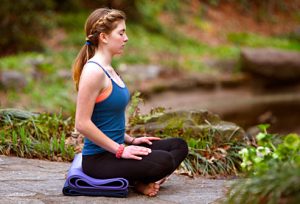 Researchers from Brigham and Women’s Hospital and Harvard Medical School conducted their study on 51 junior and senior high school students. Some of the students did a 10-week yoga PE class, and some did a regular PE class. The yoga PE class included Kripalu yoga, which included meditation, relaxation and breathing exercises, along with yoga poses.
Researchers from Brigham and Women’s Hospital and Harvard Medical School conducted their study on 51 junior and senior high school students. Some of the students did a 10-week yoga PE class, and some did a regular PE class. The yoga PE class included Kripalu yoga, which included meditation, relaxation and breathing exercises, along with yoga poses.
The researchers found that by the end of the study, the teens who did yoga scored higher on some of the psychological tests, while the teens who didn’t do yoga scored worse on some of the tests. For example, teens who did not do yoga during their PE classes scored higher for mood problems or anxiety, while those who did do yoga scored lower on these tests, or their scores remained the same from the beginning of the study period.
In addition, the teens who didn’t do yoga reported more negative emotions during the study period, while the teens who did do yoga reported fewer negative emotions.
Plus, the study seemed to show that the teens liked the yoga classes — the researchers reported that almost 75 percent of the teens who did yoga said they would like to keep taking yoga.
“Yoga may serve a preventive role in adolescent mental health,” study researcher Jessica Noggle, Ph.D., of Brigham and Women’s Hospital and Harvard Medical School, said in a statement.
Recently, a study from UCLA researchers found that meditation from yoga can help lower depression in caregivers, and may also improve their cognitive functioning.
Those researchers reported that caregivers are known to be at an increased risk of depression and stress — plus, many caregivers tend to be older, which can lead to a lowered defence against stress and conditions like heart disease.
“Looking at the evidence (even in small test groups) – Why don’t all High Schools have Yoga and Mindfulness as part of the Curriculum? Shouldn’t it be essential to teach Teenagers how to ‘handle’ emotions, stress and anxiety in this fast paced world?”, says Regina Cruickshank, Executive Director of Yogazeit – a not for profit Organisation supporting Youth with Yoga and Mindfulness training and classes.
Regina found the path to Yoga herself when she was in her own teenage years, struggling with life’s ups and downs.
“I didn’t know where I belong. The changes to my body, friendships, education. I had to make up my mind what I want to study and if at all – and it was just all too much. Yoga has helped me a lot along the way. Enjoying the opportunity to stretch my growing body while taking deep breaths and looking out over tree tops or at the ocean. This was my sanity. My safe place.”
Teenage Students in Regina’s classes enjoy the mix of mindful movement, relaxation and reflection. “All classes incorporate discussion and reflection to give the Adolescents time to actually work through our class theme. But sometimes they just want to relax. Clearly, this is something we’re all not getting enough of in our daily life”, Regina says.
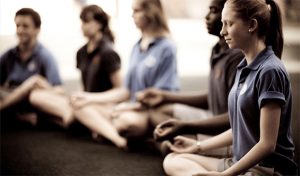 Yogazeit Ltd. is already working with PCYC in Fremantle offering classes for the Teens Girls Night and The SafeSpace Kids Program. They’re applying for funding in 2019/2020 to support initiatives with Headspace, local councils and School districts.
Yogazeit Ltd. is already working with PCYC in Fremantle offering classes for the Teens Girls Night and The SafeSpace Kids Program. They’re applying for funding in 2019/2020 to support initiatives with Headspace, local councils and School districts.
To find out more about Yoga classes for Teenagers and InSchool Programs visit: www.yogazeit.com.au
source: beyondblue
If you need someone to talk to, or want to find out more online, here are some organisations that can help:
You can also ask your doctor or a mental health professional for advice or more mental health resources for teenagers and adolescents.
Sources: Journal of Developmental and Behavioral Pediatrics, https://www.ncbi.nlm.nih.gov/pubmed/22343481, BeyondBlue, Harvard Health Publishing, Images: http://Visitdoctor.ca, posterjack.ca,









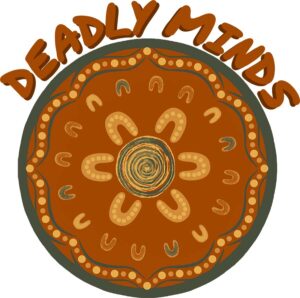
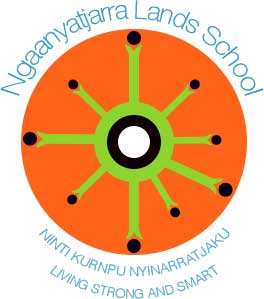
No spam – just event updates, breathing exercises and free meditation/mindfulness activities.
We won’t pass your details onto third parties. Promise!
© Yogazeit 2019–2023. All rights reserved.
View our Terms and Conditions and Policies and our Guiding Principles.
ABN: 62 631 658 305
Website designed by Eurisko with thanks and gratitude to Lotterywest Grants.
We wish to acknowledge the traditional custodians of the land we are working and living on, the Whadjuk Noongar people.
We acknowledge and respect their continuing culture and the contribution they make to the life, education and mindfulness of this city and this region supported by the leadership of Noongar elders past, present and emerging.
We extend this acknowledgement and respect to all Aboriginal and Torres Strait Islander peoples across Australia.